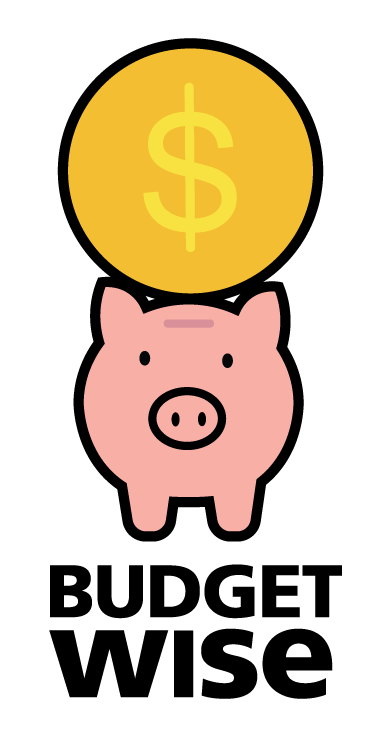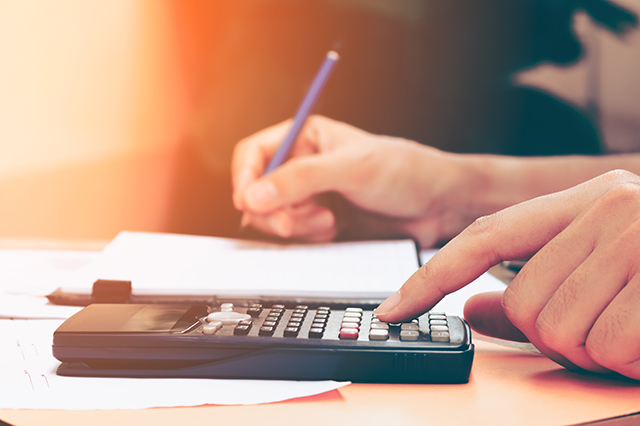
Like calorie counting, a personal budget is often associated with sacrifice.
But finance expert and AAA member Neale Godfrey puts a more positive spin on personal savings plans and budgeting.
The author of 28 books on financial literacy says a personal budget is how you identify what you want and how to afford it. Without one, you’re basically driving down the road without a destination, she said.
A Start to Personal Savings
Simply put, a personal budget is an itemized list of income and expenses. It can be done on a weekly or monthly basis, but Godfrey suggests crafting a weekly budget until you feel comfortable.
To create one, write down how much money you earn each week after deductions such as income taxes, 401(k) and health insurance.
Then list (and eventually subtract) each of your “fixed” expenses – in this case, a weekly breakdown of what you pay for bills like rent, utilities, insurance, cellphone and anything else that costs the same every month. To calculate the weekly cost of a monthly bill, multiply it by 12 and then divide that number by 52. As the week goes by, Godfrey suggests logging everything you spend money on, including fast food, coffee, clothing and anything else.
“At the end of the week, take a long, hard look at what you’re buying and decide if those purchases are enhancing your life or if you would like that money to go someplace else,” Godfrey said.
That someplace else could be paying back credit card debt or putting funds into your personal savings account. It could also be allocating a certain amount of money every month for unexpected expenses and emergencies.
Be Prepared
Think about unexpected emergencies like car and home repairs or medical bills. Even with insurance you may still need to pay a hefty amount out-of-pocket depending on the situation. Could you handle the costs without going into debt? Keep an emergency fund and plan so that your savings would not be completely wiped out if you needed to cover an unanticipated expense.
Download a Budgeting App
While you can sketch out a budget on something as low-tech as an index card, there are some high-tech apps available to help you track your expenses. Here are a few of note.
Wally
This free app for iPhone users helps track spending and set savings goals. It also has a receipt scan function that makes inputting expenses a little easier.
Mint
Also free, Mint compiles data from a user’s bank, credit card and investment accounts in one location. Tap the trends tab for a snapshot of how you spent your money over a specific timeframe, such as the past seven or 14 days. Available on iOS and Android.
Goodbudget
Set monthly spending limits by stuffing digital envelopes full of virtual cash at the start of every month. Goodbudget’s Reports section also provides a pie chart and bar graph that illustrate spending habits. Available on iOS and Android.
Ways to Bolster Your Personal Savings Plan
A budget can help you figure out where you are wasting money, but it is up to you to take action and make beneficial financial decisions. Here are some tips on how you can spend less money from Godfrey and other financial experts.
Use Cash, Not Credit
It’s painless to swipe now and worry about the payments later, but that is an easy way to spend a lot more money than you make. Instead, set aside a specific allotment of cash each paycheck and use those funds for items you typically overspend on, such as clothes, groceries and dining out.
This should give you a closer attachment to every dollar you spend and it might even discourage you from wasting money on a $5 gourmet coffee or a $2 bottle of water you don’t need. Just don’t go walking around with hundreds of dollars of cash in your pocket. That is not a good idea.
Set Financial Goals
It’s easier said then done, but it’s a good idea to have something to strive for. Whether that is a vacation, a home renovation or just banking a certain amount of money by year’s end, a goal is healthy way to widen your safety net and avoid wasting money on things you won’t even remember in the future.
Don’t Give in to Peer Pressure
Just because your friends want to go get drinks or food at your favorite restaurant or splurge on expensive concert tickets doesn’t mean you have to. Sure, you can treat yourself from time to time, but you could always suggest a pizza instead of a fancy dinner or a free hike at a nearby park.
Penny pinching can be tough, but over the course of the year, you could save a considerable amount of money. Take these tips to the bank and maybe you can finally build that dream kitchen or take the trip of a lifetime!
Have a saving tip that’s helped you? Tell us about it in the comments. Learn how AAA and Discover can help you grow your savings.
Neale Godfrey is the author of 28 books on financial literacy, including “Money Doesn’t Grow on Trees: A Parent’s Guide to Raising Financially Responsible Children.” The views and opinions expressed in this article are that of the author and should not be considered an endorsement from AAA.















